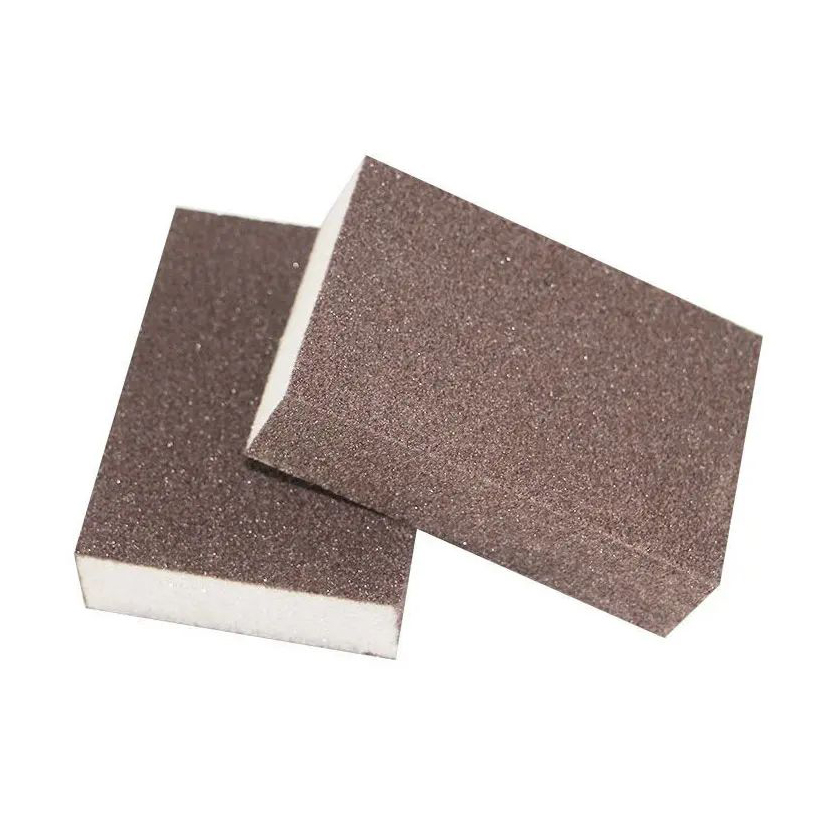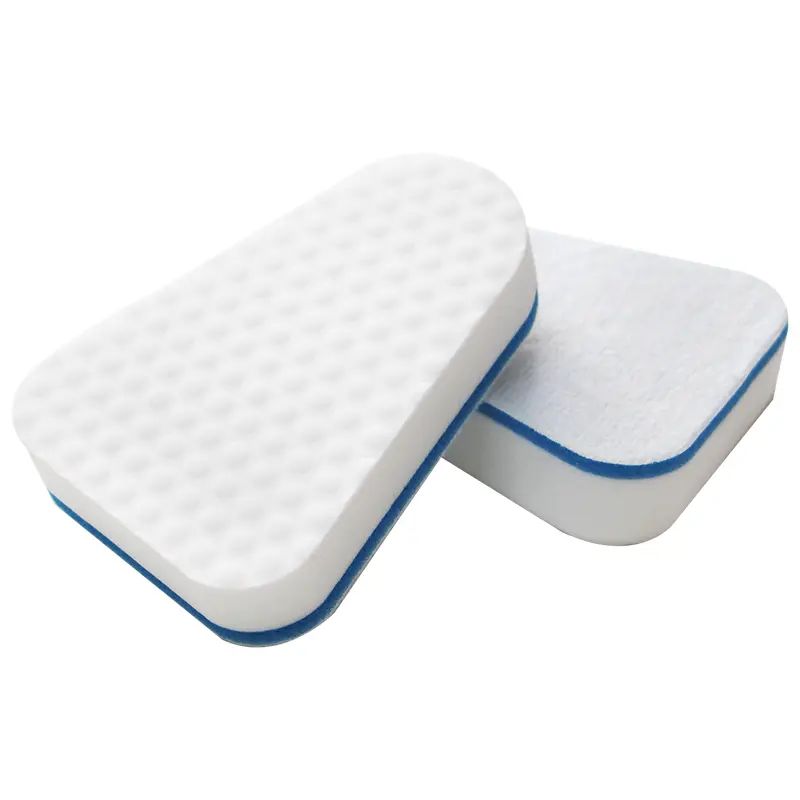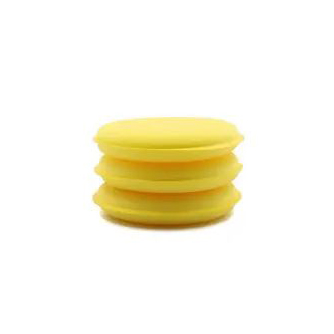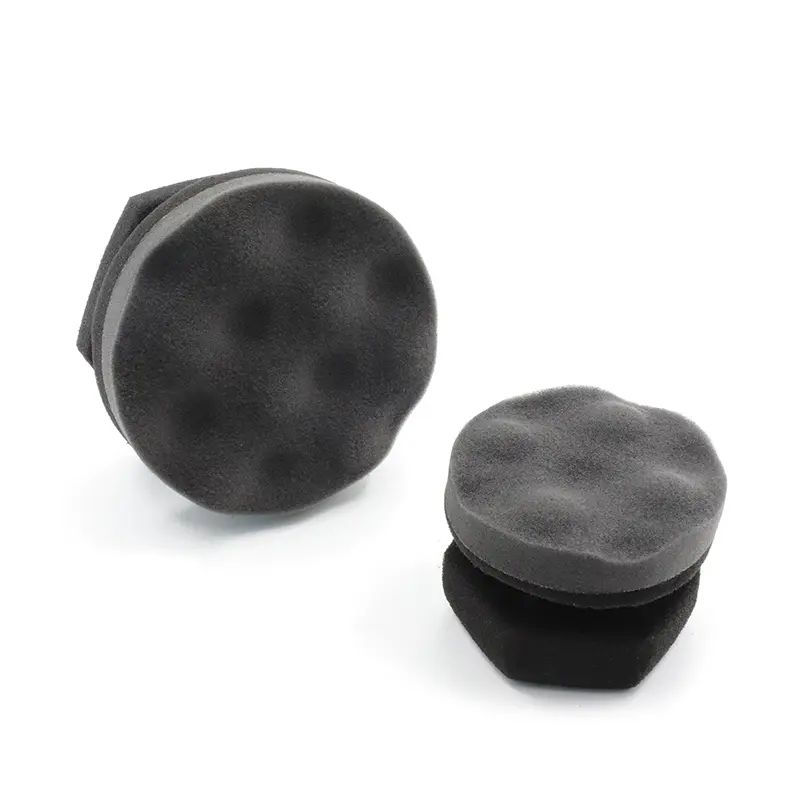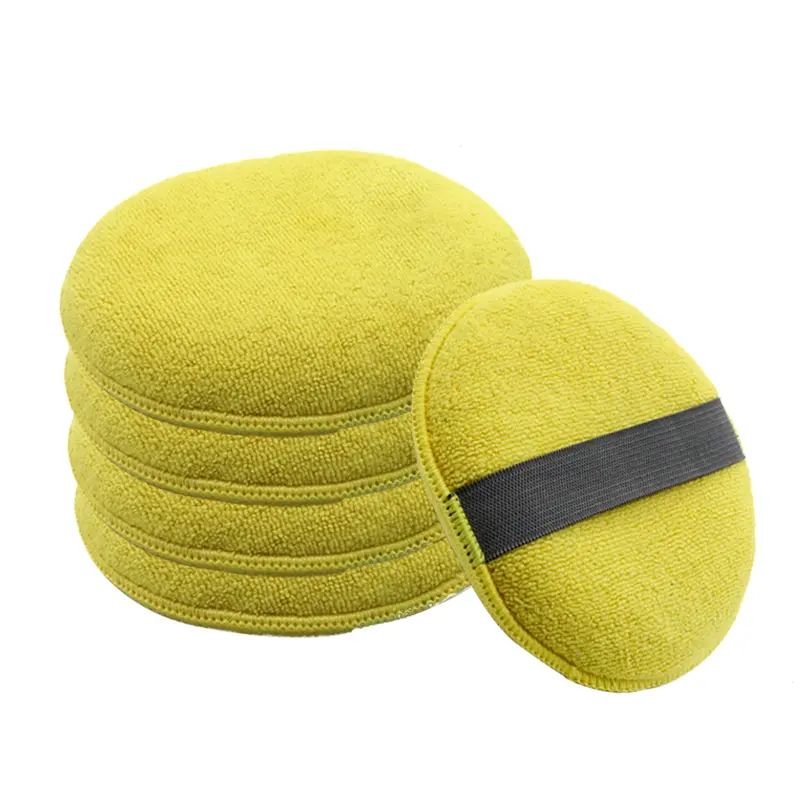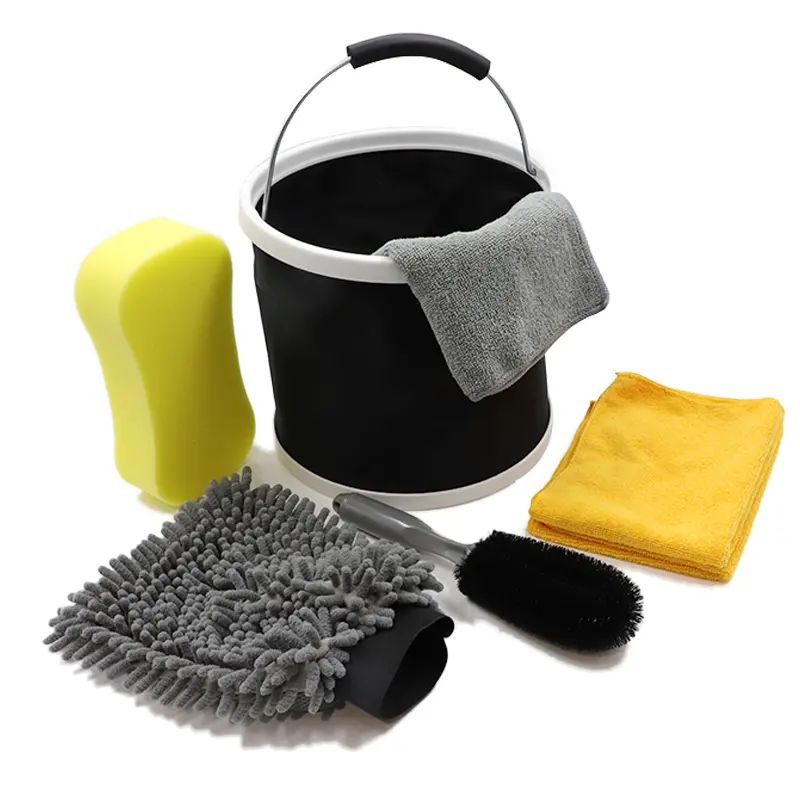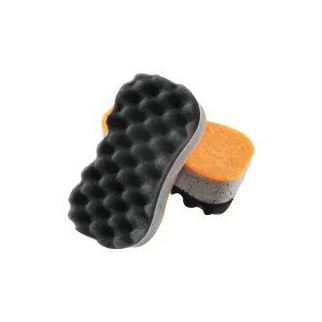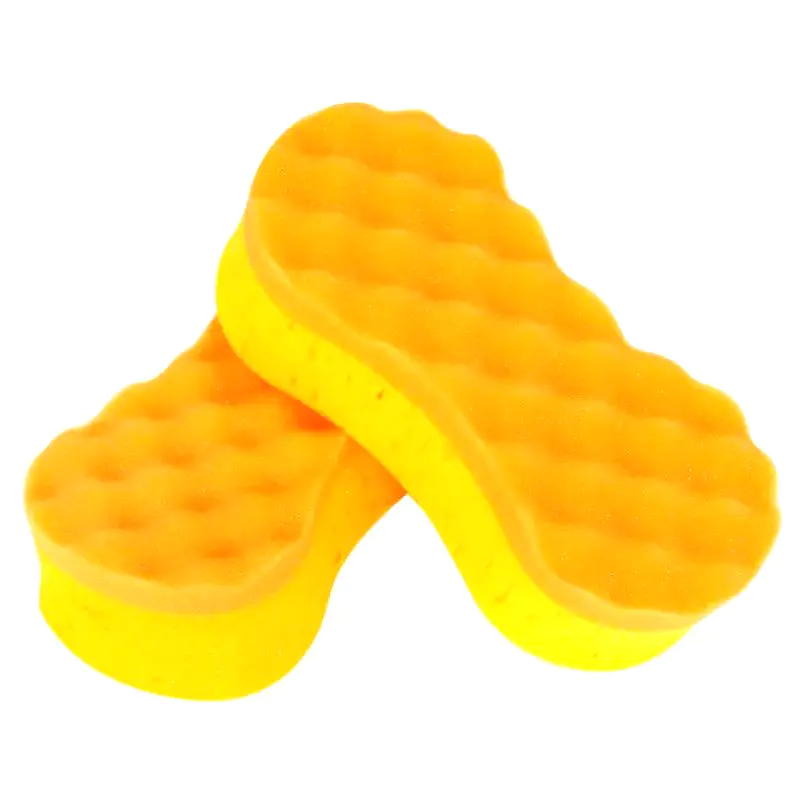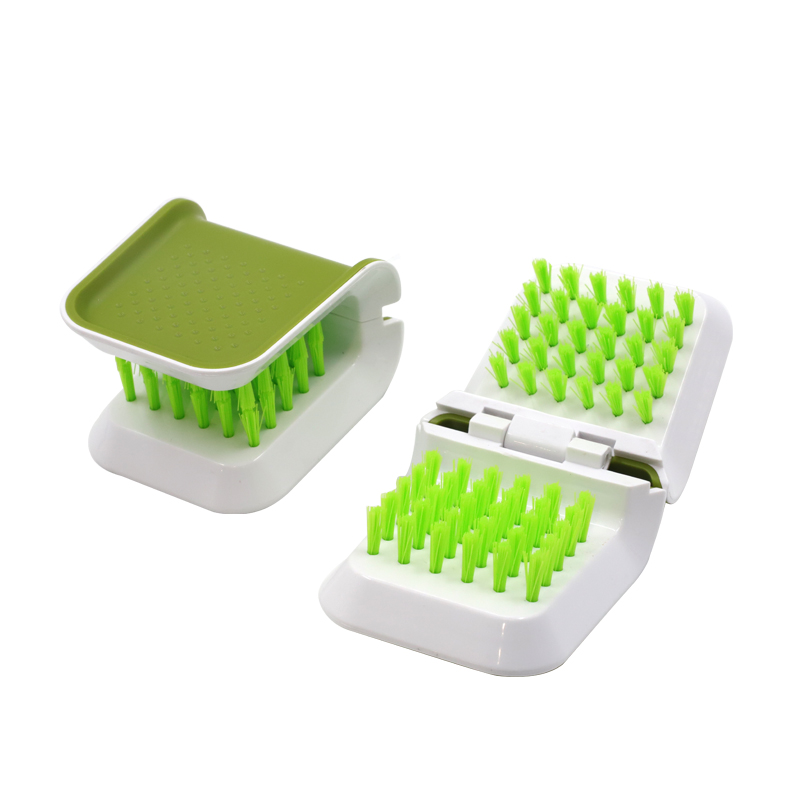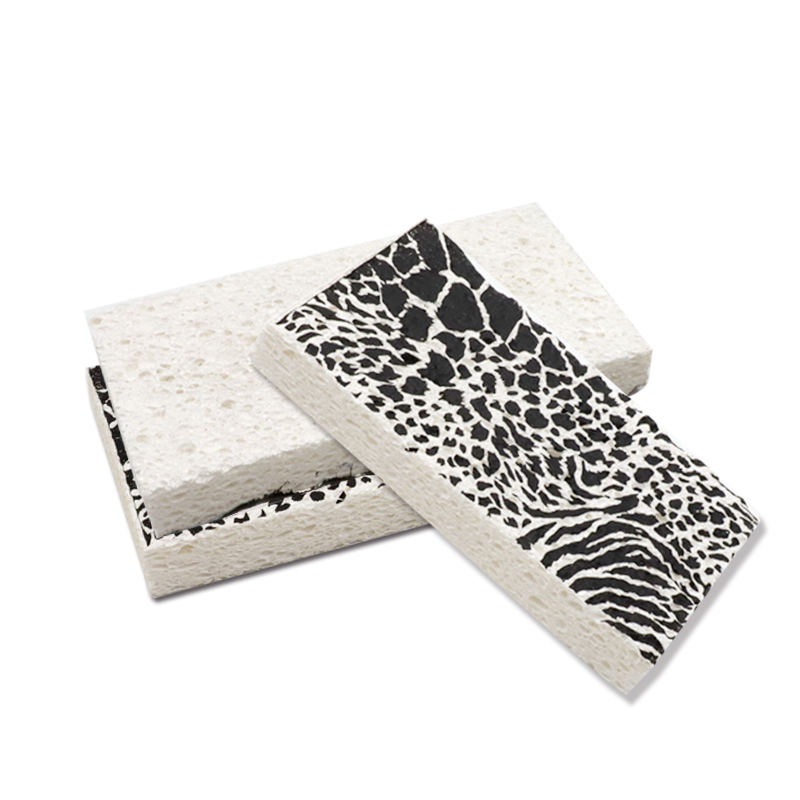What's the difference between a cellulose sponge and a sponge? Which is better for kitchen use?
In modern kitchens, sponges are indispensable cleaning tools. However, with so many types available on the market, cellulose sponges and synthetic sponges are the most common. Many people wonder: what are the differences between the two, and which one is more suitable for kitchen use?
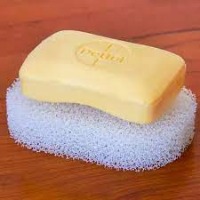
1. Material Differences
1.1 Material of Cellulose Sponge
Cellulose sponges are made from natural plant fibers, usually wood pulp or cotton pulp. Their main features are natural, soft, and environmentally friendly, and they can decompose naturally. Since cellulose sponges are made from renewable resources, using them reduces plastic waste and aligns with modern households’ pursuit of green living.
1.2 Material of Synthetic Sponge
Synthetic sponges are mostly made from polyurethane or other synthetic materials. Some have an abrasive surface to improve cleaning power. Although they are soft, synthetic sponges are non-biodegradable. Long-term use may leave tiny plastic particles in the kitchen, and low-quality products may contain chemical residues, posing potential health risks.
2. Water Absorption Comparison
2.1 Water Absorption of Cellulose Sponge
The porous fiber structure of cellulose sponges gives them excellent water absorption. They can quickly soak up spills, making them ideal for cleaning up liquid or kitchen countertops. With minimal squeezing, cellulose sponges can absorb a large amount of liquid, making daily kitchen cleaning faster and more efficient.
2.2 Water Absorption of Synthetic Sponge
In contrast, synthetic sponges absorb water more slowly and require frequent squeezing to achieve the same effect. Additionally, some synthetic sponges may expand or deform when wet, which can reduce cleaning efficiency over time.
3. Durability Analysis
3.1 Durability of Cellulose Sponge
Although cellulose sponges are highly absorbent, they are prone to bacterial growth if left wet for long periods, which can cause unpleasant odors. To extend their lifespan, they should be thoroughly rinsed and dried after use. Cellulose sponges are suitable for everyday dish and countertop cleaning but are slightly less durable for heavy-duty cleaning tasks.
3.2 Durability of Synthetic Sponge
Synthetic sponges are more wear-resistant and can withstand heavy scrubbing. However, they can scratch non-stick surfaces or delicate cookware, and over time, they may tear, crack, or deform. Therefore, synthetic sponges are better for tough stains but not ideal for direct, long-term contact with dishes.
4. Cleaning Ability Comparison
4.1 Cleaning Ability of Cellulose Sponge
Cellulose sponges are soft and gentle, making them safe for ceramic, glass, and non-stick surfaces. They are ideal for cleaning dishes and countertops but are less effective on grease or stubborn stains, often requiring dish soap or additional scrubbing.
4.2 Cleaning Ability of Synthetic Sponge
Synthetic sponges often have an abrasive layer, giving them strong cleaning power, especially for burnt pots or stubborn grease. However, this abrasive surface can scratch delicate surfaces, so they are better suited for heavy-duty cleaning rather than regular dish cleaning.
5. Environmental and Safety Considerations
5.1 Environmental Advantages of Cellulose Sponge
Cellulose sponges are biodegradable and do not cause long-term environmental pollution. They are also free of chemical additives, making them safer for health. For households pursuing a green lifestyle, cellulose sponges are the obvious choice.
5.2 Environmental Issues of Synthetic Sponge
Synthetic sponges are non-biodegradable and contribute to plastic waste. Low-quality synthetic sponges may contain chemical residues, posing potential health risks. From a long-term perspective, synthetic sponges are less environmentally friendly and safe than cellulose sponges.
6. Cellulose Sponge vs Synthetic Sponge Comparison Table
| Item | Cellulose Sponge | Synthetic Sponge |
|---|---|---|
| Material | Natural plant fibers (wood pulp/cotton pulp) | Polyurethane or other synthetic materials |
| Water Absorption | Fast absorption, large capacity | Slower absorption, requires frequent squeezing |
| Durability | Prone to bacterial growth, needs drying | Wear-resistant, but may tear or scratch surfaces |
| Cleaning Ability | Gentle, suitable for dishes and countertops | Strong cleaning power, good for stubborn stains |
| Environmental Impact | Biodegradable, eco-friendly | Non-biodegradable, may contain chemical residues |
7. Usage Recommendations
7.1 Suitable Scenarios for Cellulose Sponge
- Cleaning dishes, cups, and glassware.
- Wiping kitchen countertops and light grease on stoves.
- Ideal for households prioritizing environmental friendliness and health.
7.2 Suitable Scenarios for Synthetic Sponge
- Removing burnt residues or stubborn grease from pots and pans.
- Cleaning surfaces that can withstand abrasion.
- Best for occasional heavy-duty cleaning, not for long-term dish contact.
News Category
- Company News(31)
- Industry News(116)

 简体中文
简体中文 English
English 日本語
日本語 русский
русский Español
Español عربى
عربى